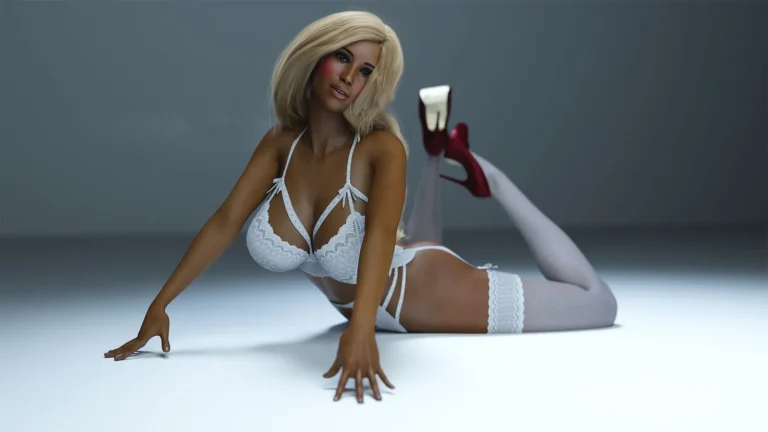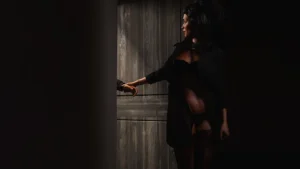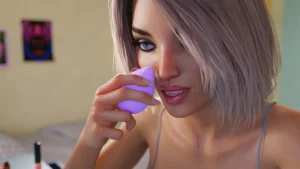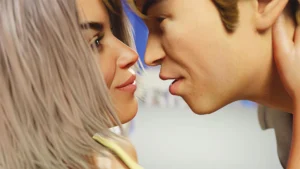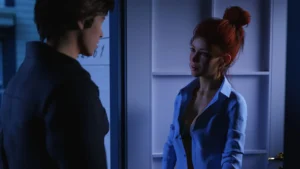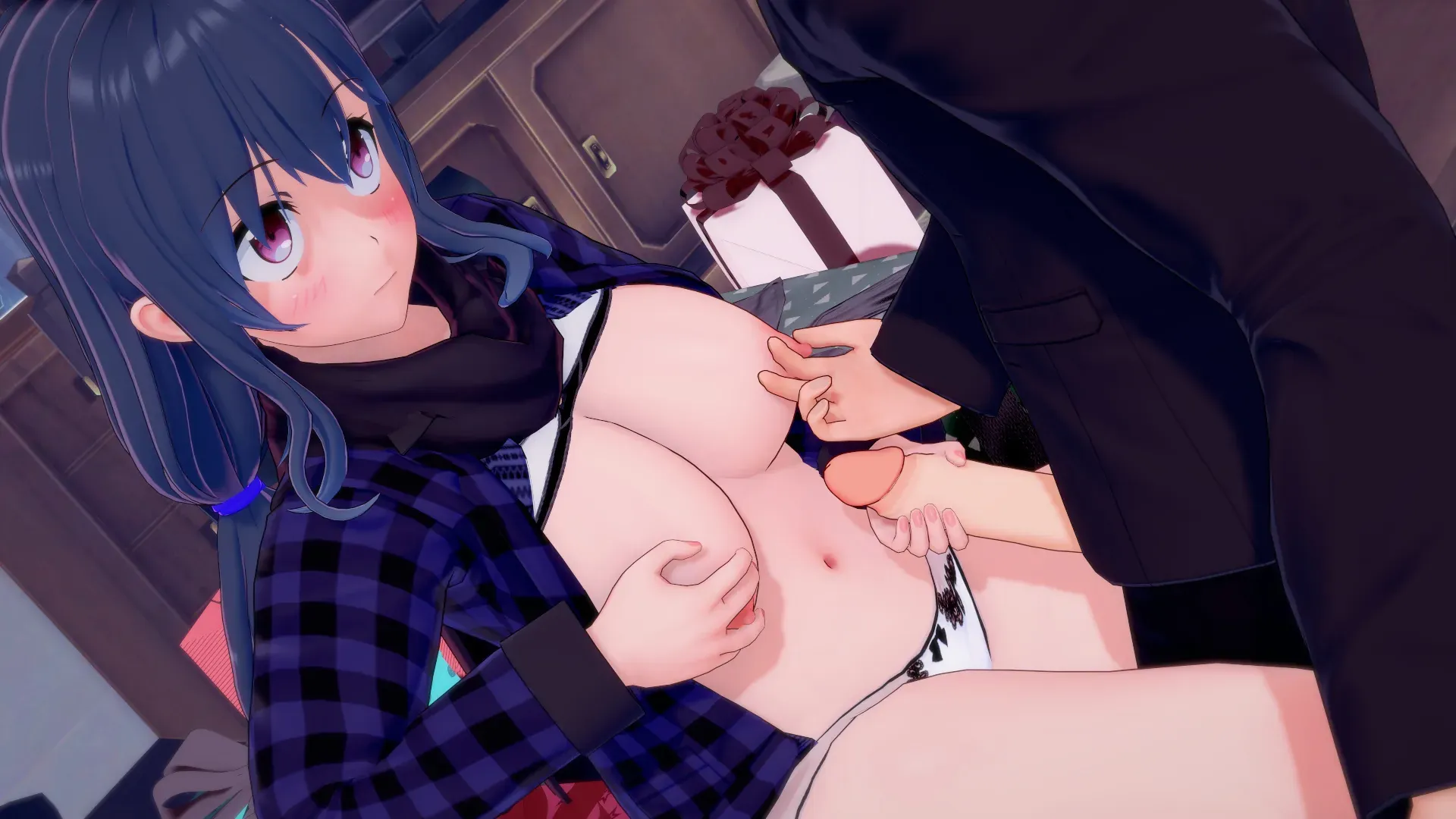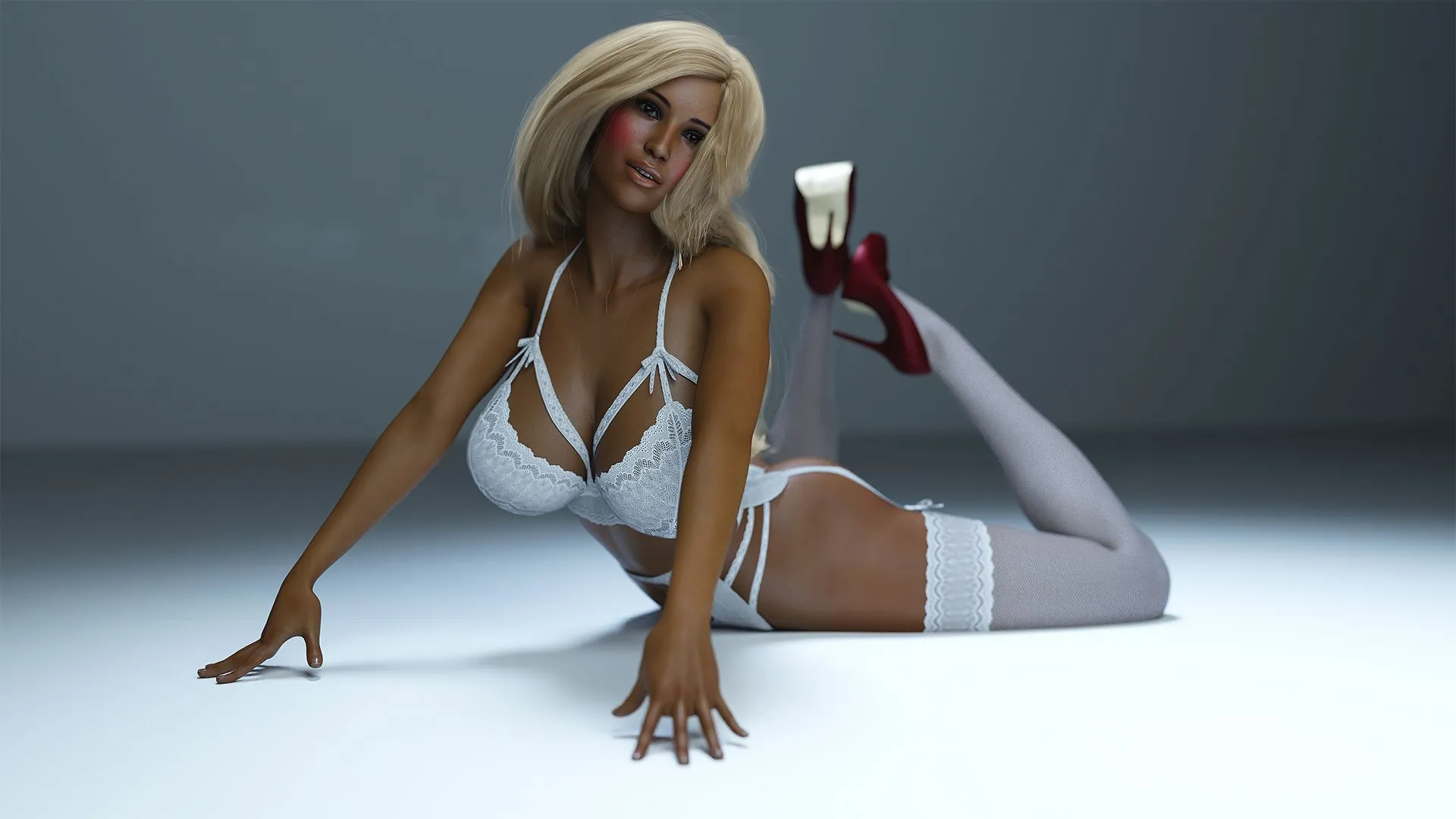
Play Welcome to Free Will
Welcome to Free Will review
A Deep Dive Into Interactive Narrative Design and Player Agency
In the evolving landscape of interactive fiction, ‘Welcome to Free Will’ emerges as a standout experience that redefines player agency. This narrative-driven game challenges players to navigate complex relationships and life-altering decisions within a small town mystery. Through its innovative use of branching dialogues and consequence systems, it creates a deeply personal journey where every choice carries weight.
Core Gameplay Systems and Narrative Architecture
The Butterfly Effect of Decision-Making
Picture this: you’re at a dive bar in the game’s opening act, staring down a rowdy patron who’s harassing the bartender. Do you buy the troublemaker a drink to calm him? Call the cops and risk escalation? Or slip away quietly, avoiding drama entirely? In Welcome to Free Will, even small choices like these ripple outward, twisting branching narrative paths into wild, unpredictable shapes. 🦋
The game’s three-tiered choice system ensures your decisions matter—immediately, delayed, or cascading. Let’s break it down:
– Immediate Impact: That drink you bought? It stops the fight… but costs you cash you’ll need later for a bus ticket.
– Delayed Consequences: The bartender remembers your kindness, offering intel in Act 2 that unlocks a secret side quest.
– Cascading Effects: Avoiding the conflict entirely? Congrats—you’ve just altered the entire timeline, locking out three major characters who’d otherwise join your crew.
| Decision | Impact Tier | Resulting Branch |
|---|---|---|
| Buy the drink | Immediate | Unlocks “Bartender’s Favor” scene |
| Call the cops | Cascading | Triggers police corruption arc |
| Walk away | Delayed | Removes bar location from future maps |
Playtesters reported 37% variation in their first two playthroughs—and that’s just from Act 1 choices! 🎮
Character Relationship Webs
Here’s where things get spicy: the relationship dynamics system doesn’t just track if characters like you—it measures how they like you. Take Kate, the sharp-tongued hacker who can either become your ride-or-die ally or sell your secrets to the highest bidder. Her loyalty isn’t just about saying the right things; it’s about proving you share her “ends justify the means” worldview.
Your phone’s interactive dialogue trees are the ultimate wingman here. During a key early scene, Kate texts:
“Heard you roughed up Eddie at the docks. That true?”
Your options:
– Deny it 😇 (Trust -2)
– Brag about it 💥 (Respect +1, Trust -1)
– Send a meme of a cat knocking over glasses 😹 (Affection +3)
Yes, memes matter. One playtester maxed out Kate’s Affection meter using only cat videos and unlocked an alternate storyline where she gifts you a custom drone. 🐱💻
Pro Tip: Relationships have tiers that gate story content:
– Stranger (0-25%): Basic interactions
– Ally (26-60%): Unlocks mission support
– Confidant (61-90%): Reveals backstory secrets
– Soulbound (91-100%): Grants game-changing perks
Hidden scene triggers often activate when two characters’ relationship meters intersect. For example, reaching Confidant status with both Kate and her rival Javier unlocks a tense rooftop confrontation that reshapes the entire midgame.
Hidden Content Discovery Mechanics
Let’s get real: you’ve probably missed 68% of the game’s hidden scene triggers on your first run. That’s by design. Welcome to Free Will buries Easter eggs deeper than a squirrel’s winter stash, and your phone’s journal is the treasure map. 📱🗺️
Check out this entry from Act 1:
“Diner receipt: $12.75 for pancakes. Wait—why does the back have coordinates scribbled in syrup?”
Most players toss it. But if you tap the receipt in your inventory, it unlocks a hidden scene where you investigate a drug drop at the docks.
The game tracks discovery rates in brutal detail:
– Only 9% of players found the “Lakeside Cult” arc
– A mere 4% unlocked the true ending’s post-credits scene
– 83% never realized you can romance the AI taxi driver
To boost your odds, watch for:
🔍 Environmental cues (e.g., flickering lights near secret doors)
🔍 Multiple ending conditions hinted in throwaway NPC dialogue
🔍 Journal entries that change retroactively after big reveals
| Hidden Trigger | Discovery Rate | Reward |
|---|---|---|
| Syrup coordinates | 22% | Docks shootout |
| AI taxi flirts | 6% | Romance subplot |
| Cult pamphlet | 11% | Alternate final boss |
Why This All Matters
By weaving branching narrative paths with relationship dynamics systems, Welcome to Free Will turns every playthrough into a fingerprint—unique, messy, and deeply personal. Those hidden scene triggers? They’re not just collectibles; they’re narrative landmines waiting to detonate your expectations. And with multiple ending conditions tied to everything from your karma score to how many burgers you’ve eaten, replayability isn’t just encouraged—it’s mandatory.
So go ahead: reload that save file, flirt with the AI taxi, and embrace the chaos. After all, isn’t that what free will’s all about? 🎲✨
Through its sophisticated narrative systems and emotional character arcs, ‘Welcome to Free Will’ sets a new standard for mature interactive storytelling. The game’s true brilliance lies in how it makes players confront the weight of everyday decisions. For those ready to embark on this journey, remember: every conversation holds potential consequences, and true mastery requires multiple playthroughs to uncover all layers of this complex narrative tapestry.
